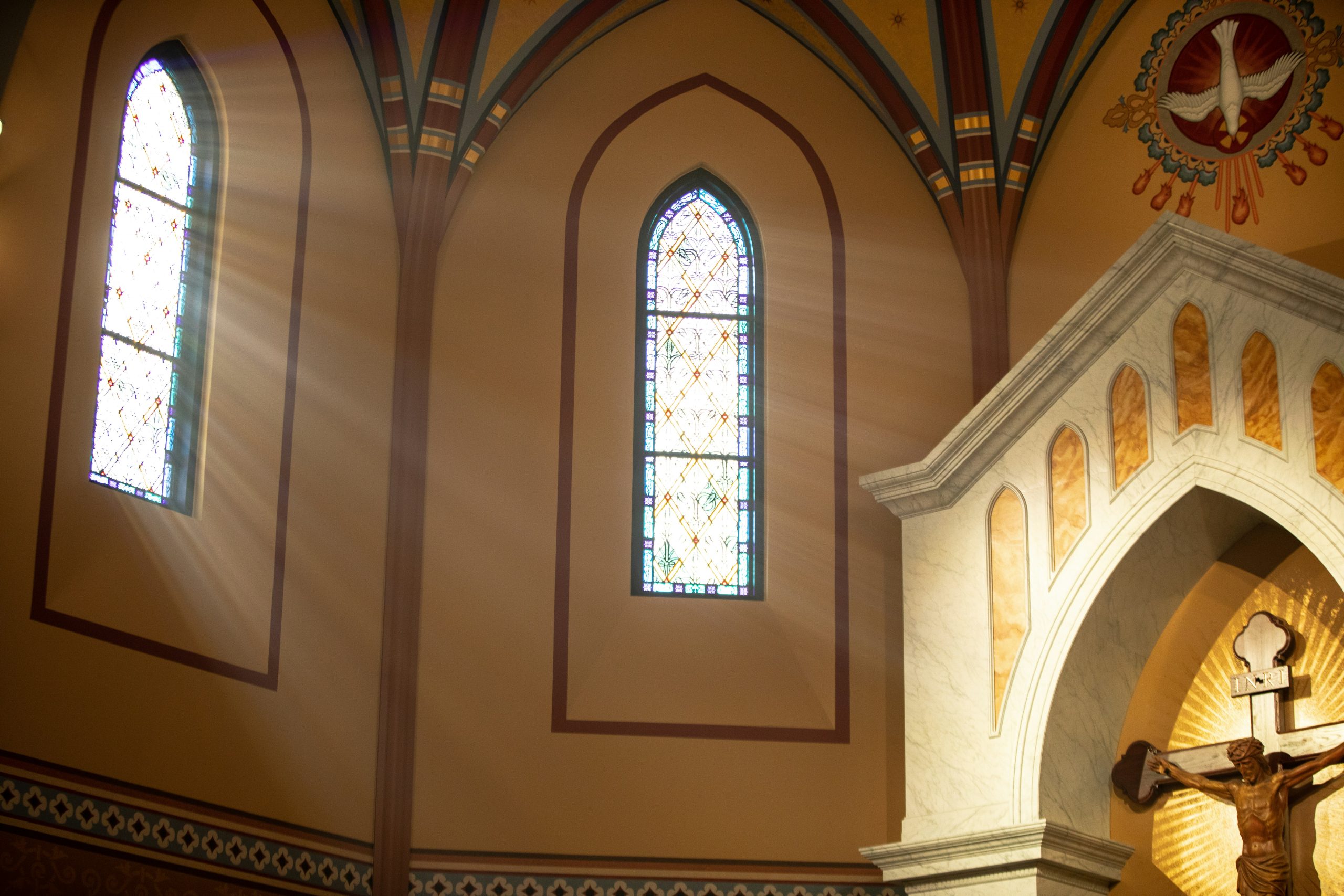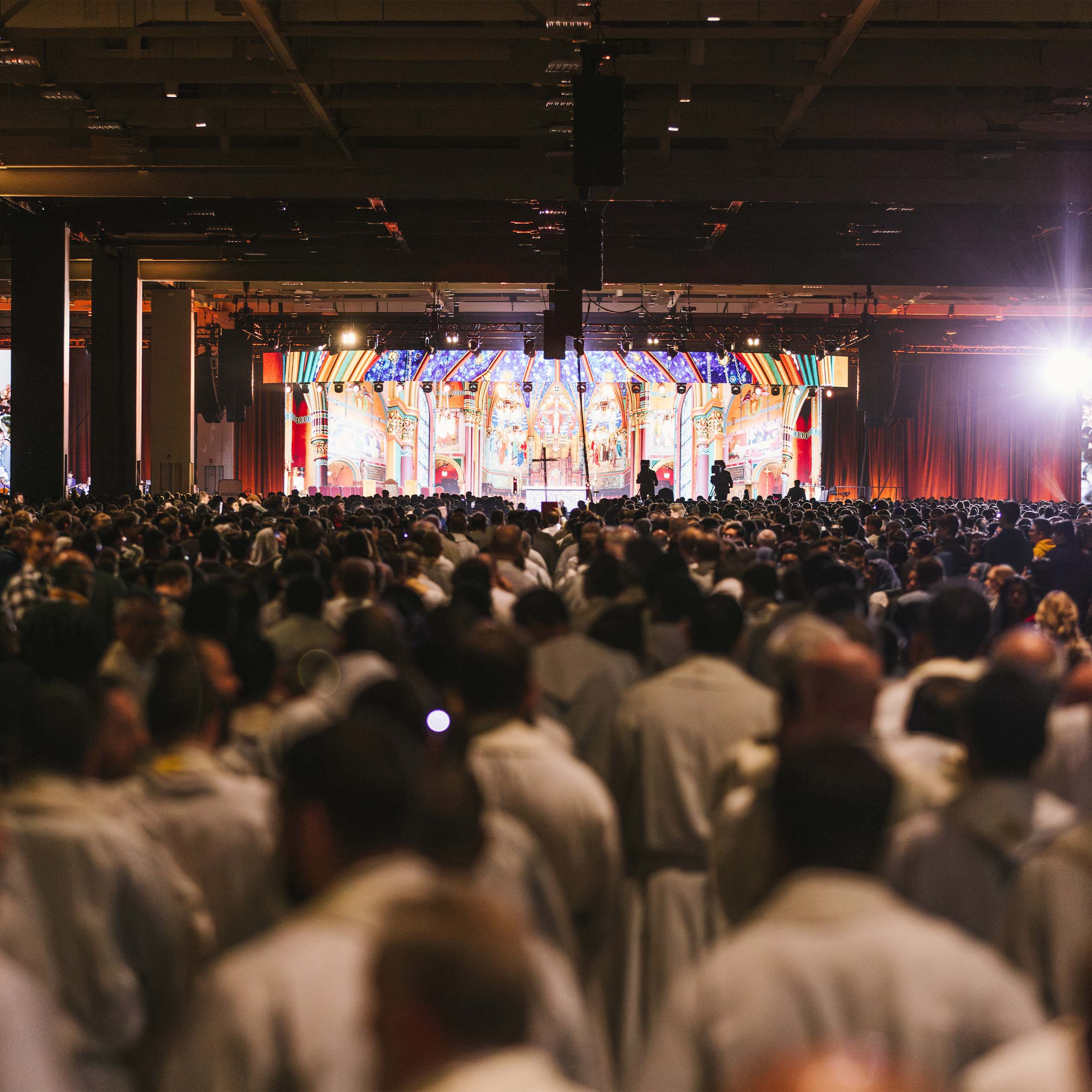The Shack
A lot of my Christian friends have been raving about a book called The Shack. What is it about and should I read it?
This column may be a bit dated, since The Shack was originally published in 2007. But due to the attention it has gotten and the sheer number of times people have asked me questions about it, it deserves a closer look.
Written by William Paul Young, The Shack is an attempt to engage and answer the most difficult question a believer can raise: If God loves us so much, why do we suffer? This question is framed within the fictional story of a man named Mackenzie Allen Phillips (“Mack”), whose youngest daughter, Missy, is abducted and brutally murdered. Years after this tragedy, in the midst of his grief, Mack receives a note from “Papa” inviting him back to the same shack in which Missy was murdered. Upon arriving, Mack meets God. During the weekend Mack spends with the three Persons of the Trinity, Mack experiences deep healing and a new kind of relationship with God whom he learns to trust.
Pretty good start, right? It is. I cannot emphasize how much we are in need of this central message: even in the midst of pain, God loves you with a deeply tender, deeply personal, love…and you can trust Him. In fact, this is the topic of an upcoming column in this paper.
There are many good things about The Shack, and it might bring healing to many hearts. But it has at least two deadly flaws that prohibit me from recommending it to anyone.
The author has imaged the Trinity in the following way: God the Father (“Papa”) is a large, black woman. Jesus is a middle-eastern looking man. The Holy Spirit is a small Asian woman. Okay. This is an allegory. The Chronicles of Narnia is also an allegory in which Jesus is not even human (he is a lion, in case you missed it). My favorite novel in the world, a lesser-known classic by C.S. Lewis called Til We Have Faces, is set in a context that talks about “the gods”. Allegory allows a certain poetic license. I would like to clarify: some people might think that describing God the Father (“Papa”) as a large, black woman is the issue. Maybe, but why? The issue is neither size, nor race, nor gender (God the Father has none of these). The issue? There is a huge difference between saying “God is…” and saying “God is like…”. The author seems to be saying “God is…what I like.”
Young plays with biblical images of God as if they are unimportant. As if all a person needs is to “find the image of God that works for you”. But we must be very careful with these images; they are much too important. In Lewis’ allegory, he made it clear that Aslan is only a representation of Jesus if a place like Narnia existed. In The Shack, Young places some very huge claims in the mouth of the Trinity. And while some of those claims are right on, others are very problematic. Remember, the first huge split in Christianity was centered around one word: filioque. The argument was whether the Holy Spirit proceeded from the Father alone, or from the Father “and the Son” (filioque). This one word is often pointed to as the key doctrinal issue which first divided the Catholic Church into Catholic and Orthodox. Such a small thing, right? Yes, but a critical thing. Someone might say, “that’s only important to religious types”, but the nature of God (and getting that nature right!) is absolutely critical for all of us.
The other fatal flaw (as in “kills the book dead”) is that Young’s God repeatedly condemns “religion” and even the “need” for religion. This is part of a new movement in America called the “emergent church”. One of the facets of this is “moving beyond church” and getting to the “true Gospel”. This is deadly for three reasons.
First, it is ahistorical. Fact of history: authentic doctrine comes from the Church. The source of our data is Scripture, but that Scripture is interpreted through the Church. And not “church” in some “spiritual sense”. The historical Catholic Church was able, through its hierarchy and guidance of the Holy Spirit, to define the nature of God as Trinity. The Trinity is not obvious even to a serious student of the Bible. This doctrine came out of the Catholic Church’s teaching authority. Young claims that Church isn’t important, but that “getting God right” is essential? He doesn’t know where he is getting his basic doctrine.
Second, it is illogical. In claiming that he doesn’t need the Church, Young is cutting off the very branch upon which he sits. He tries to clarify the true nature of God, but without the Church (an authority larger than him), Young’s image of God is nothing more than that: one man’s image of God. Now, that might be fine if he is writing in his journal, but it is not fine if he is writing a best-seller read by millions.
Third, it decapitates Jesus. As in, kills Him…or us. Saint Paul talks about the relationship between Christ and the Church as absolutely essential. It is not optional. We cannot say, “I have the head (Jesus), I don’t need anyone else.” But this is what Young’s God says.
As I read the book, I kept wishing that Young was Catholic. What I mean is this: there is clearly a need for a book like The Shack, but it needs to be better than The Shack. So many people are longing for God. So many of us are longing for an intimate relationship with God (like the one imaged in this book). So many of us have big questions that aren’t answered when we come to Mass on Sunday. I pray someone will write it. Until then, if you want to really know Jesus, stick with Matthew, Mark, Luke, and John.




